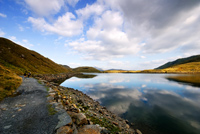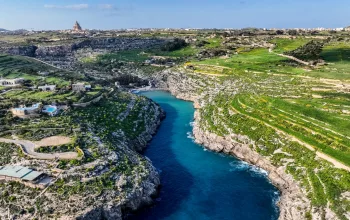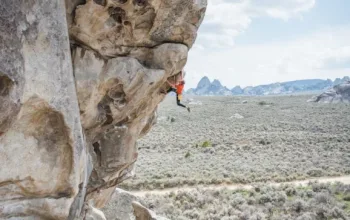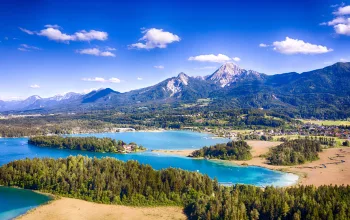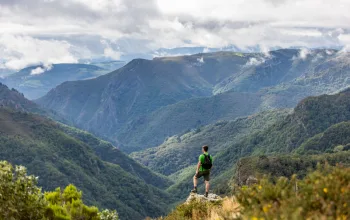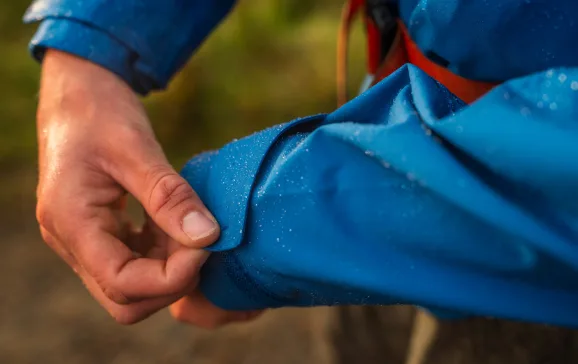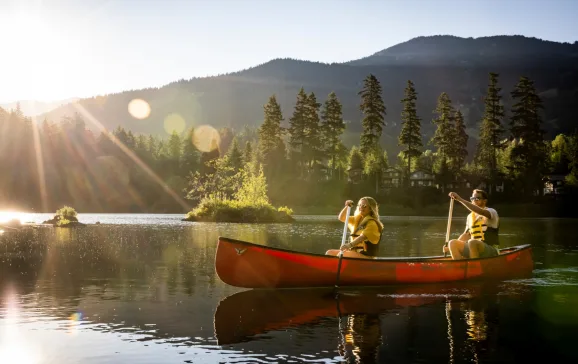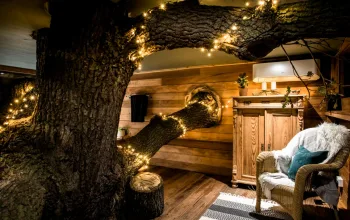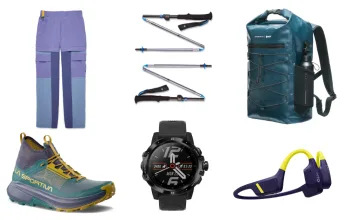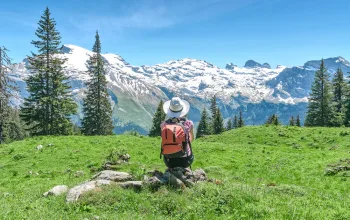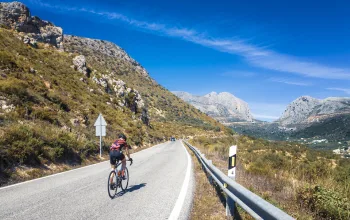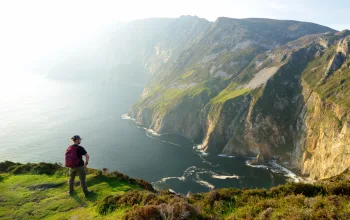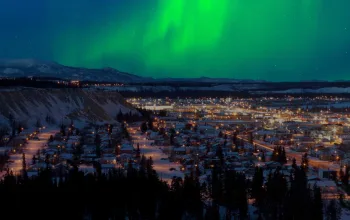Betws-y-Coed
The village of Betws-y-Coed is Snowdonia’s vibrant heart. Genteel but alpine, with its austere and prim Victorian stone houses, it may be sedate but the plethora of shops selling outdoor equipment is testament to the vast array of exciting activities and experiences on its doorstep. In short, a great base full of interesting history and like-minded outdoors enthusiasts, from which to launch many an adventure. Be sure not to miss nearby Swallow Falls (north on the A5) and the enchanted Fairy Glen.
Capel Curig
Just up the A5 from Betws (as it’s locally known) and ringed by the Glyders, Moel Siabod and the foothills of the Carneddau range is Capel Curig. The Afon Llugwy flows through the village, which is home to Plas-y-Brenin, the national centre for mountain activities, and the Bryn Tyrch Hotel and pub offering cheer and quality food. Along the A5, look out for Ty Hyll (The Ugly House), now the home of the Snowdonia Society, which is open to visitors in the summer months.
Portmeirion
Not a real-life village but an amazing Italianate folly and architectural extravaganza built by Welsh architect Clough Williams-Ellis on a beautiful part of the coast near Porthmadog in the 1920s. Depending on your age, you’ll either know Portmeirion from the cult TV show The Prisoner, or Supergrass’s Alright video.
Castles
What would a trip to Wales be without dropping in at a castle? The Royal Town of Caernarfon is a small port at the mouth of the Seiont river that is dominated by its castle, architecturally one of the most impressive fortresses in Wales. Along with another formidable Edward I castle, Harlech, and those at Conwy and Beaumaris, it is part of a joint Unesco World Heritage Site.
National Slate Museum
Located at Gilfach Ddu, near Llanberis, what is now the National Slate Museum was from 1870 to 1969 home to Dinorwig Quarry. It offers visitors a glimpse into Wales’s dark, industrial past, how people lived and worked (including slate-splitting demonstrations by craftsmen), as well as a day out in the richly wooded lakeside environment of Padarn Country Park.
Llechwedd Slate Caverns
Winner of major tourism awards, Llechwedd Slate Caverns near Blaenau Ffestiniog offers two underground rides, one of which, The Deep Mine tour, begins with a ride on Britain’s steepest passenger railway and ends up on foot, being led by the ghost of a Victorian miner. There’s also a Victorian village to explore.
Dinorwig Power Station
Groundbreaking when it opened in 1984 and still the largest of its kind in Europe, this hydroelectric power station near the Slate Museum has 16km of underground tunnels deep below the Elidir mountain. It is made from a million tonnes of concrete and stands in Europe’s largest man-made cavern. Tours of this impressive facility run from Easter to the end of October and begin at Electric Mountain, First Hydro Company’s visitor centre in Llanberis.
Getting there
North Wales is extremely accessible from the Midlands and Manchester is just over an hour away by car. London is a 4.5-hour drive away, and four hours by train.
Getting around North Wales
Arriva Cymru runs most bus services (arrivabus.co.uk) but there is also a group of local companies whose buses, the Snowdon Sherpas, take you to most of the trailheads in the National Park (gwyneddd.gov.uk/bwsgwynedd). For travel along the coast, the Cambrian Coast Line is excellent, as are the Conway Valley line
(conwyvalleyrailway.co.uk) and Rheilffordd Ffestiniog Railway (festrail.co.uk). Driving is the easiest away around, but car parks at trailheads (especially Pen-y-Pass) fill up quickly on popular mornings.
When to visit
Snowdonia is without a doubt a year-round destination. Most activities are more pleasant in fine weather, sure, but some (like gorge walking) depend on the higher river levels of winter.



